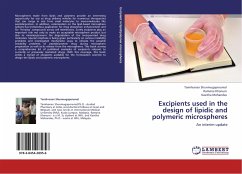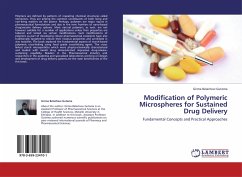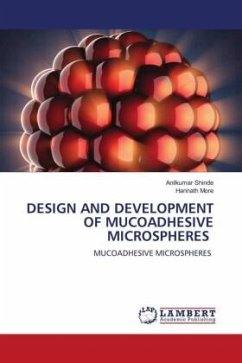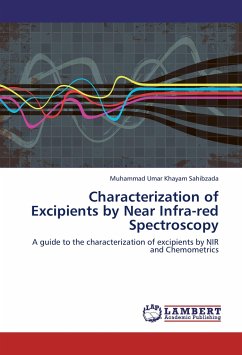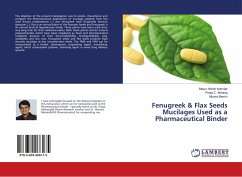Microspheres made from lipids and polymers provide an interesting opportunity for use as drug delivery vehicles for numerous therapeutics that can range in size from small molecules to macromolecules like peptide/protein. In addition, cationization on the lipid-based microsphere systems has tremendous application for drug absorption enhancement and for ferrying compounds across cell membranes. Surely excipients play an important role not only to make an acceptable microsphere product but also to minimize/prevent the degradation of the incorporated drug molecules. Special emphasis is being given particularly on various instability problems and investigated mechanistic ways to obviate the possible instability problems of peptide/protein drug during microsphere preparation as well as its release from the microspheres. This book surveys a comprehensive list of published examples of excipients relevant to currently or previously marketed drugs. With this coverage, this book enlists a myriad of excipients available for the formulation scientist to design the lipidic and polymeric microspheres.

